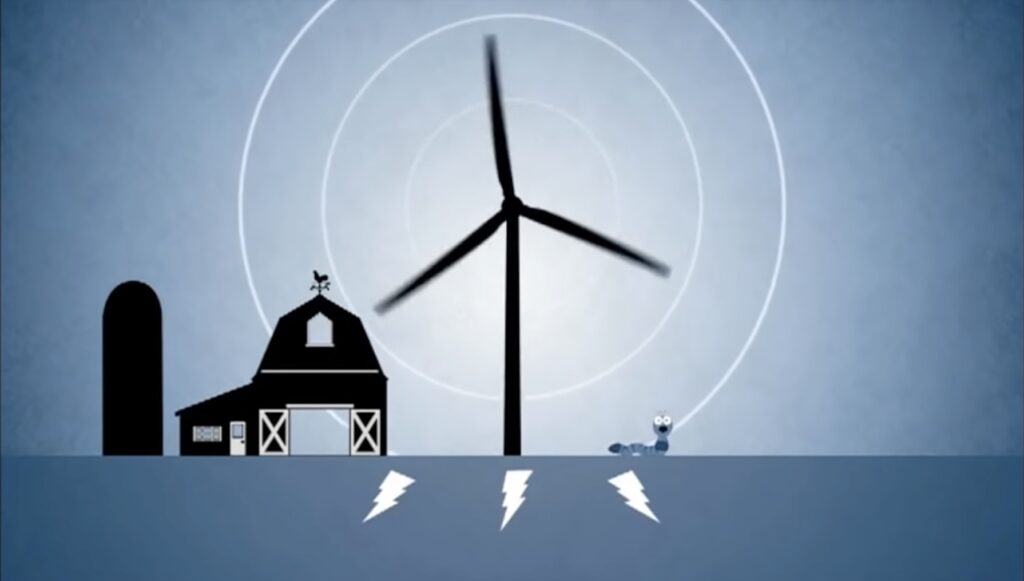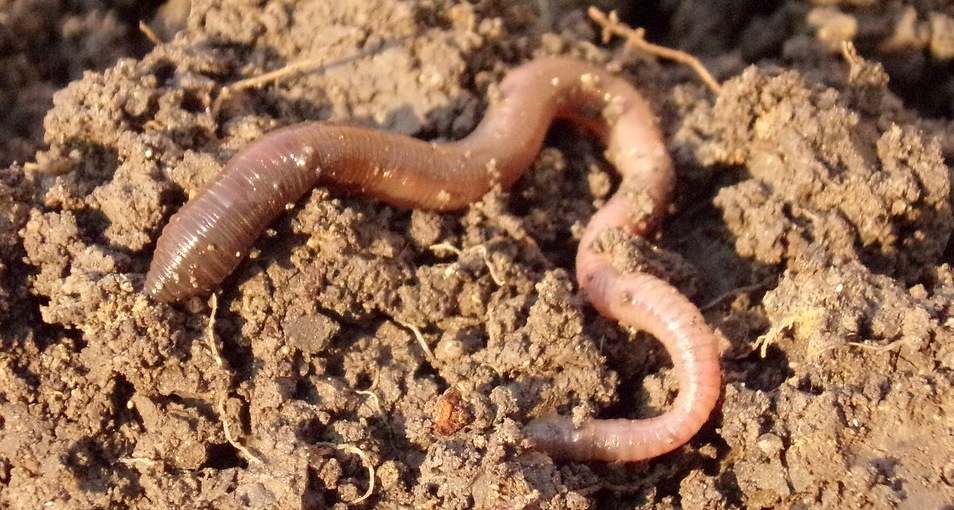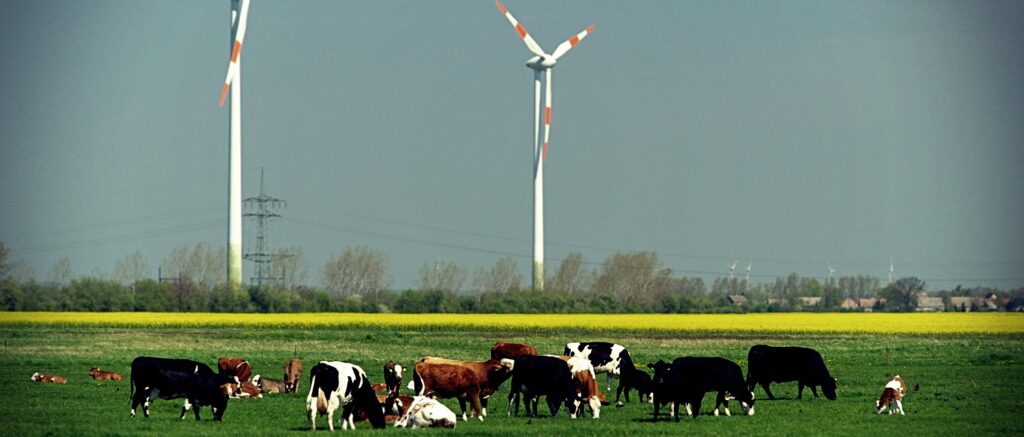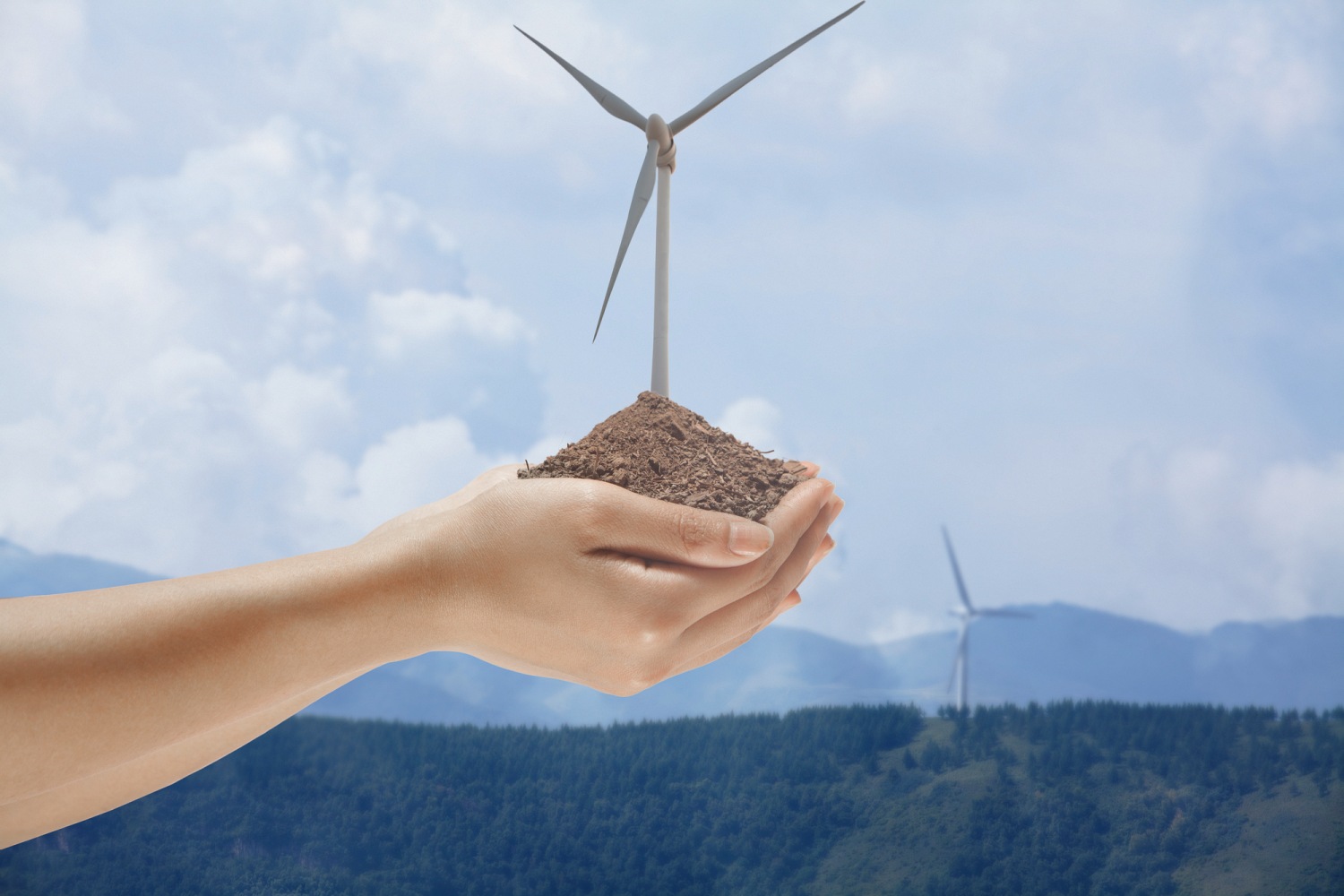In the disturbing documentary Down Wind, Ontario families and academics unfold the consequences of former Premier Kathleen Wynn’s disastrous green agenda that ended up costing the province billions before incoming Premier Doug Ford declared a moratorium on renewable energy projects like industrial wind plants.
One of the participants in the documentary is farmer Shawn Drennan who was concerned about proposed turbines being erected near his land.
One of the first questions we asked the wind company was about earthworms because that’s what makes soils grow — it makes it fertile. And there’s three different earthworms that you actually have in a soil and if you lose one of them, you have none of them.
Shawn Drennan, farmer in Lucknow, Ont., Down Wind, 1:00:23
Drennan’s concerns weren’t without warrant as farmers from nearby Ripley observed that, after the turbines there were built, earthworms started vanishing.
Wind turbines… create electrical charge and they create vibration. Earthworms feel vibrations and they flee… Lands are going to get harder without the earthworms to help open up the soil and create a viable and efficient soil. Food production will go down.
Shawn Drennan, Ibid.

Drennan’s concerns were confirmed in a 2021 study at the University of Groningen in the Netherlands. It identified “Wind energy turbines [as] a fast-growing potential source of anthropogenic vibrational noise that can affect soil animals sensitive to vibrations and thereby alter soil community functioning.” Researchers concluded that larger soil animals, such as earthworms, are particularly likely to be impacted by the low-frequency turbine waves that can travel through soils over large distances as opposed to other “local noise”:
Earthworm abundance showed a strong decrease with increasing vibratory noise.
Vibrational noise from wind energy-turbines negatively impacts earthworm abundance, March 29, 2021, Oikos; p. 844

The findings are disturbing given that increasingly larger turbines are taking over prime farmland. Earthworms, the study notes, play a crucial role in soil formation, structure, water infiltration, nutrient cycling, carbon sequestration, climate regulation and plant production. Good soil is necessary to grow good food.
Therefore, the negative relationship we find between wind turbine noise levels and earthworm abundance could potentially have cascading effects on other soil organisms and processes and should also draw attention to other sources of seismic noise (Lecocq et al. 2020).
Vibrational noise from wind energy-turbines negatively impacts earthworm abundance, March 29, 2021, Oikos‘ p.848
Reckless “environmentalism”
Wind Concerns has published several articles on the unquestionable harmful effects of low-frequency sound waves, known as infrasound, on both animal and human health.1

“So-called environmentalists pushing wind turbines are either ignorant of the facts or blinded by climate change apocalysm,” warns Wind Concerns Editor in Chief, Mark Mallett. “In their quest to ‘save the planet’, they are promoting what has turned out to be an incredibly ecologically destructive ‘renewable energy’ source. Wind turbines are harmful on almost every environmental level, from human health to birds and bats, to large animals, to soil quality and, yes, earthworms. It is time for this terrible experiment to stop.”
Neither is it a solution to just move these wind plants into the ocean, says Mallett, as impacts on whale populations are making headlines while media giants, like Facebook, try to cover it up.2
Studies reveal that the impact of infrasonic sound waves from wind turbines extends throughout the food chain.
The following is from the peer-reviewed study “Wind turbines and adverse health effects: Applying Bradford Hill’s criteria for causation” (see Appendix 1 for linked studies to the following):
Reported adverse health effects of animals located near Industrial Wind Turbines include the following:
- Disturbances in animal reproduction have been reported related to wind energy facilities in Wisconsin (USA). Reported abnormalities include teratogenic effects in cattle (missing eyes and tails); health, teratogenic and reproduction problems in a formerly award-winning herd of cattle (cancer deaths, cows not calving properly, mutations such as absent eyeballs or tails, cows holding pregnancy only 1–2 weeks and then aborting, blood from nostrils); as well as teratogenic effects in chickens (crossed beaks, missing eyeballs, deformities of the skull, joints of feet/legs bent at odd angles)
- Farmers near a wind turbine development near Goderich, Ontario, Canada, observed health problems with their livestock which began shortly after the wind turbines were installed. The cattle were reported to exhibit unusually aggressive and erratic behavior, “including the kicking of newborn calves, prolapsed birthing, weight loss, decline in fertility, a high incidence of mastitis, calves being deformed at birth, and a high incidence of stillbirths”
- Similar adverse health effects and excess mortalities in various animal species have been reported that were temporally coincidental with the installation of industrial wind turbines and associated generating stations, that include the following:
- Cows: Reduced fertility (Canada); fertility and structural issues (Japan); and mortality (France)
- Goats: Reduced fertility and health problems (Canada) and mortalities in 450 of 700 (Taiwan)
- Horses: Leg deformities (Portugal)
- Emu: Mortalities in 30 of 38 and reduced laying (Canada)
- Mink: 1600 miscarriages and birth defects (Denmark)
- Badgers: High cortisol levels, an indicator of stress (UK)
- Other effects.
At a Wind Concerns public meeting, one Ontario woman shared that, after turbines went up in her area, all 10 of her breeding mares went sterile.3
In 2021, a French Court of Appeal4 recognized the harm to humans and “the typical symptoms: headache, painful pressure on the ears, dizziness, weakness, tachycardia, tinnitus, nausea, nosebleeds and insomnia”, which was “traced back to low-frequency noise and infrasound.” It awarded the plaintiff’s claim for damages of €128,000.5
- cf. here, here, here, here, here, and here; the study states: “Wind energy turbines have already been shown to affect mating interactions in anurans, vigilance behavior in ground-squirrels and population dynamics across trophic levels (Rabin et al. 2006, Thaker et al. 2018, Caorsi et al. 2019).”[↩]
- cf. dailymail.co.uk[↩]
- cf. “Elk Point Residents on Fire”[↩]
- see also “Supreme Court Win on “noise disturbance”[↩]
- Technical letter (English translation), “Wind energy turbines and sound exposure in the audible and IFLN range: high evidence for severe health disturbances according to current studies”; cf. connexionfrance.com[↩]
Wind Concerns is a collaboration of citizens of the Lakeland Alberta region against proposed wind turbine projects.



Could you give me the references of study proving the earthworms are being effected. I think there is a study but I do not have it as a reference, I think there is a Canadian Study and a Wisconsin Study. please let me know what the reference is as I am trying to use this in the efforts to keep Wind Turbines out of the Heartland of America
See the studies (and links) in the story above.